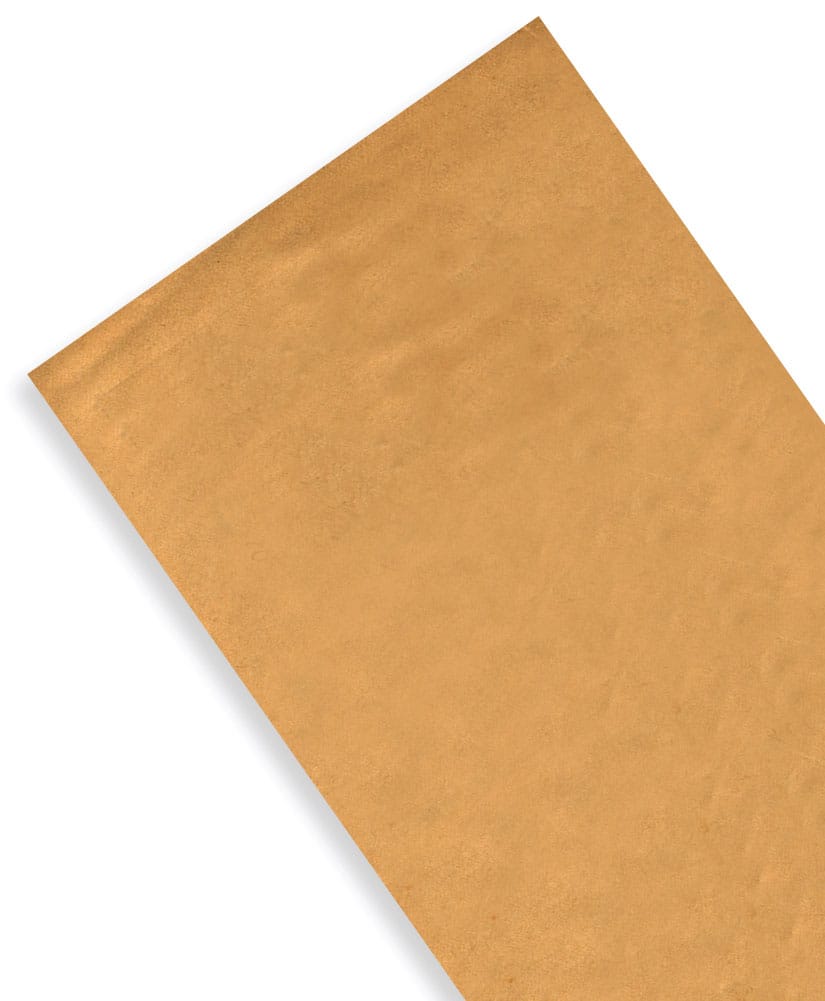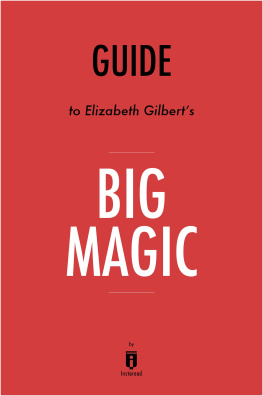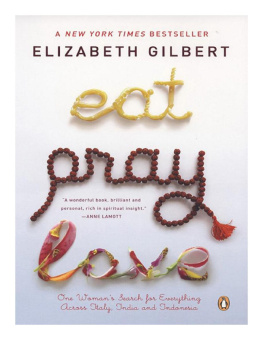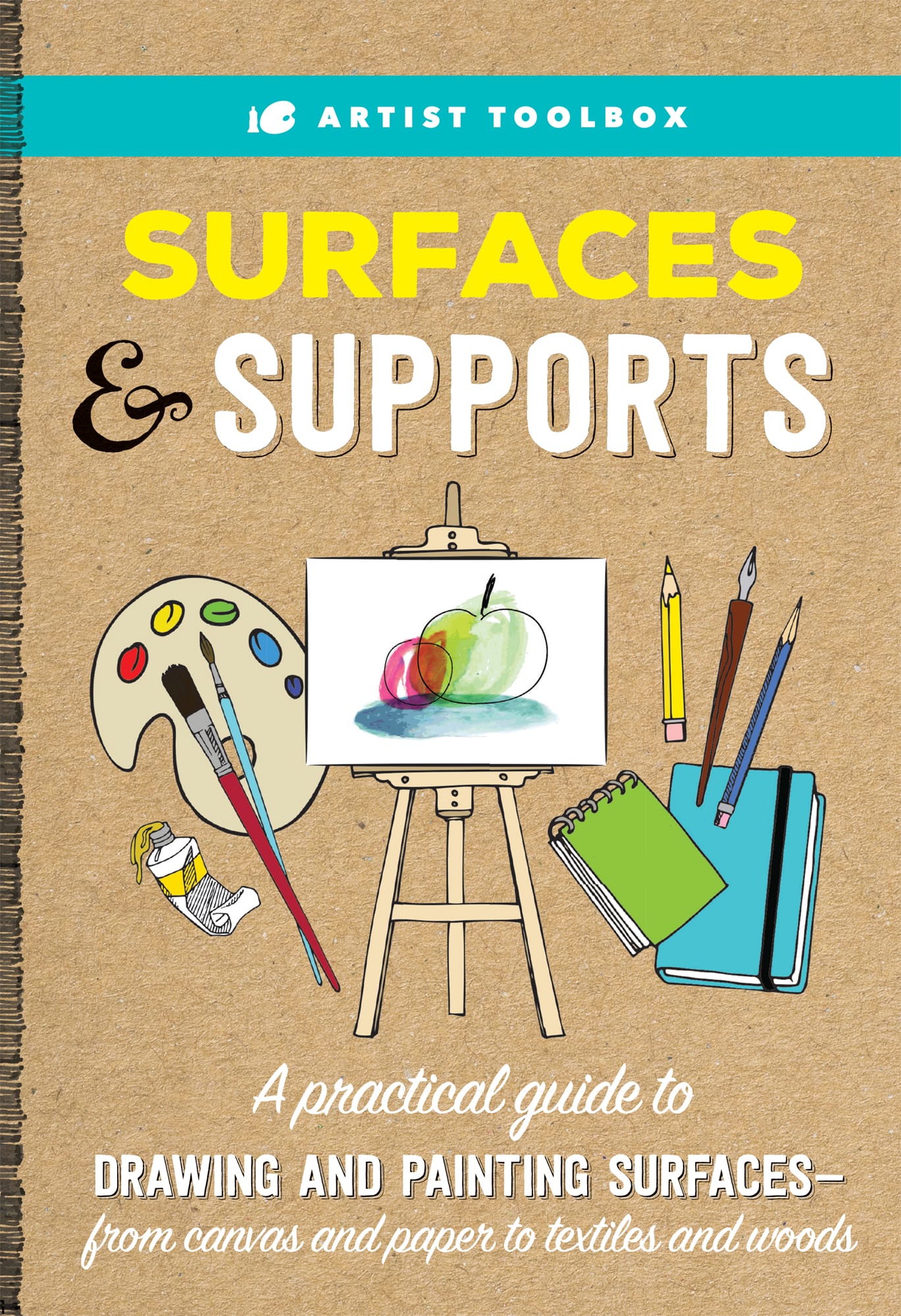TABLE OF CONTENTS
Guide
SURFACES & SUPPORTS
A practical guide to
DRAWING AND PAINTING SURFACES
from canvas and paper to textiles and woods

INTRODUCTION
When praising a work of art, we often give all the credit to the medium and the design. We immediately appreciate color, composition, and style without mentioning what lies at the foundation of it all: the drawing or painting surface. Also called a support (and rightly so), the underlying surface helps determine several important qualities of the workfrom texture, brightness, and luminosity to longevity. Your choice of surface can also contribute conceptually by strengthening the overall theme, such as painting scenes of nature on stone or weathered wood.
Paper, canvas, and wood panels are the most common drawing and painting supports, but dont feel pressured into a traditional approach. Artists throughout the centuries have explored (and found success with) a variety of surfaces, including animal skins, fabrics, and sheet metal. However, the more you understand why and how artists work with particular surfaces, the more likely you are to find success with your own artistic decisions. Use this book as a general guide, but dont be afraid to experiment!
MEET THE ARTISTS
A lifelong lover of the arts, Elizabeth T. Gilbert earned a BA in English from the University of San Diego in 2003, where she also studied art. Elizabeth spent the following eight years as an editor, a writer, and an in-house artist for Walter Foster Publishing, where she developed a fondness for experimenting with a wide range of art media. She is now a freelance writer, editor, and illustrator based in Colorado.
Contributors
Candice Bohannon Reyes was raised in the rural forested landscape of the foothills of the Sierra Nevada mountains, and her naturalistic aesthetic in art was honed from an early age. Candice studied painting, drawing, sculpting, art history, philosophy, and aesthetics, graduating from the Laguna College of Art and Design in 2005 with a BFA in painting/drawing and a minor in sculpture. Candice lives in Northern California with her husband and fellow artist Julio Reyes. Visit www.candicebohannon.com.
Artist Blakely Little delights in the scenery of coastal townstheir pastel palettes, winding waterways, and upbeat moods. Based in Charleston, South Carolina,
she paints the world in unlikely colors meant to inspire a sense of discovery and joy.
Visit www.blakelymade.com.
Inspired by the beauty of landscapes, seascapes, and the sky, Barbara Polc works in a broad spectrum of mediums: alcohol inks, acrylics, collage, encaustics, and watercolors. Born and raised in Upstate New York, Barbara now resides in Ontario, Canada. Visit www.barbarapolc.com.
Susan von Borstel is an internationally known artist of horses, wildlife, and people. Susan grew up crazy about horses and wild about art. She started painting and drawing horses at a young age and went on to receive a BA from the University of Colorado in zoology and art. Susan creates original artwork on natural stone with oil paints. Visit susanvonborstel.com.
CHAPTER 1:
Paper
Over the years, paper has become an invaluable tool for recordkeeping and artmaking. Today, a variety of papers are both affordable and readily available. In the pages that follow, well look at the papers that offer the most practical surfaces for drawing and painting.


PAPER PROPERTIES
Material The majority of paper today is made out of cellulose fibers derived from wood pulp, cotton, or a blend of the two. Generally speaking, the higher the cotton content, the higher the paper quality. Papers made of 100-percent cotton are more durable and less likely to become brittle or yellow over time. Papers made from cotton rags are called rag paper; these strong sheets are made up of the longest cotton fibers. However, most cotton paper is made of cotton linter (shorter fibers) or a combination of rag and linter. Wood pulp paper is more affordable than cotton paper, and modern techniques for reducing the acid content make this option more appealing to artists.

Some papers are manufactured with an ingredient called sizing or size. Sizingwhich is usually gelatin or animal gluechanges the way a paper accepts a medium. The more sizing a paper has, the less likely it is to absorb moisture and pigment. Papers made specifically for ink or marker often have a good amount of internal sizing, which means that the sizing is mixed in with the pulp before the paper dries. This makes the ink less likely to bleed through or across the paper while keeping the color vibrant. Many watercolor papers are also coated with surface sizing, giving the artist control over the washes. (See Sizing, .) Sizing also keeps the paper from buckling under moisture.
Weight Paper weight is measured in either pounds (lb) per ream (500 sheets) or grams per square meter (gsm or g/m2). The measurement system of pounds depends on a sheets size and varies between paper types, so there is no across the board conversion method for matching lb. and gsm. Using gsm to describe a papers weight is more consistent and perhaps more descriptive; however, the pound system is more common in the United States. Below are some of the most readily available paper types and weights, listed in both lb and approximate gsm. Remember: The greater the lb or gsm, the thicker the paper.
RAG PAPER IN ACTION
Aside from art, rag paper is used for important documents that need to last or withstand wear and tear. Paper money, which endures plenty of abuse and folding, is made of rag paper.
STANDARD PAPER WEIGHTS
35 lb. / 50 gsm | Newsprint |
45 lb. / 60 gsm | Kraft paper |
60 lb. / 90 gsm | Sketching paper |
80 lb. / 130 gsm | Drawing paper |
100 lb. / 260 gsm | Heavy drawing paper |


















